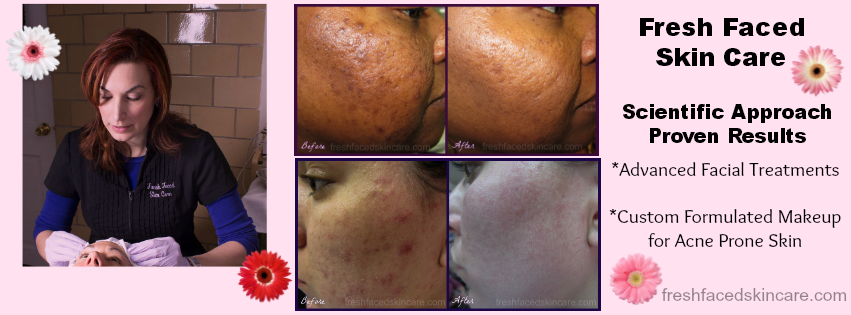What is it?
Melasma is a very common patchy brown or tan facial skin discoloration. 90% of all cases are seen in women. It typically appears on the upper cheeks, upper lip, forehead, and chin. An estimated 50 million women worldwide live with melasma.
What causes it?
Melasma is thought to be triggered by several factors: pregnancy, birth control pills, hormone replacement therapy (HRT and progesterone), family history of melasma, and medications that make the skin more prone to pigmentation after exposure to ultraviolet (UV) light. Uncontrolled sunlight exposure is considered the leading cause of melasma, especially in individuals with a genetic predisposition to this condition. Clinical studies have shown that individuals typically develop melasma in the summer months, when the sun is most intense. In the winter, the hyperpigmentation in melasma tends to be less visible or lighter.
How can I treat it?
The most common therapies to help lighten melasma are 2% hydroquinone (HQ) creams and prescription 4% HQ creams. Sunscreen should be used every morning and sun avoidance should be practiced whenever possible. Other therapies include:
- Azelaic acid 15%-20%
- Retinoic acid 0.025%-0.1% (tretinoin)
- Tazarotene 0.5%-0.1% (Tazorac cream or gel)
- Adapalene 0.1%-0.3% (Differin gel)
- Kojic acid
- Lactic acid lotions 12%
- Glycolic acid 10%-20% creams
In conjunction with home cream applications, in-office treatments include chemical peels (chemical exfoliation), microdermabrasion (mechanical exfoliation), and laser therapy.
Lasers may be used in melasma. Laser therapy is not the primary choice to treat melasma as studies reveal little to no improvement in the hyperpigmentation for most patients. Lasers may actually temporarily worsen some types of melasma and should be used with caution. Multiple laser treatments may be necessary to see results, as treatments are most effective when they are repeated.

